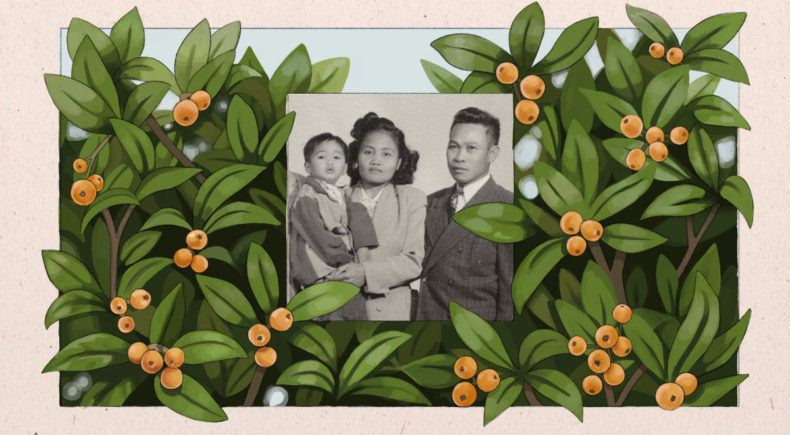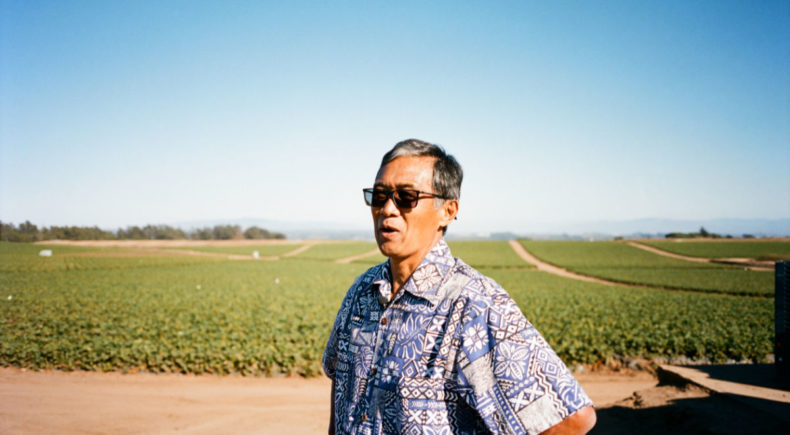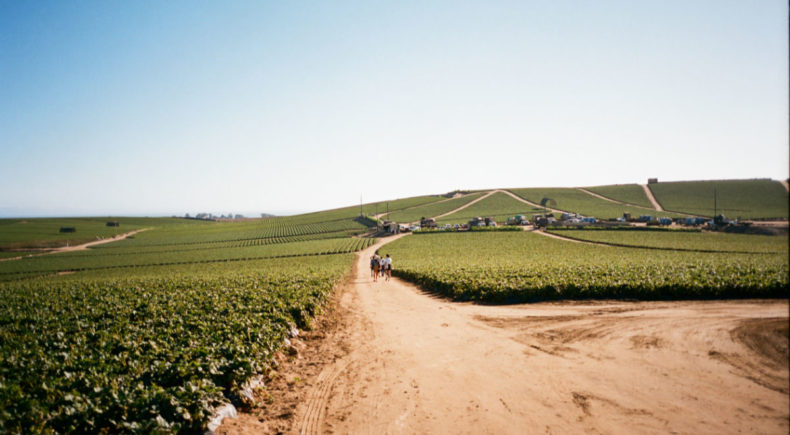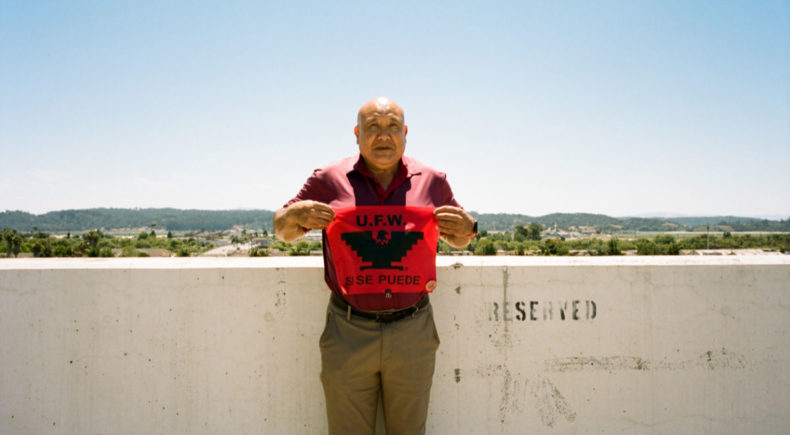Dear Watsonville
Director: Sandra Lucille
Crew:Producers: Meleia Simon Reynolds, Christina Ayson Plank. Lead Illustrator: Lauren Song; Visual Development: Juliette Le Saint; Composer: Sahil Jindal; Sound Mixer: Jake Frederick Olson; Editor: Sandra Lucille
Email:sondylu@outlook.com
Synopsis
"Dear Watsonville" is a mixed-media documentary offering an intimate glimpse into the lives of the manong generation, the first generation of Filipino migrants to arrive en masse to the U.S., as seen through the eyes of their children. It unfolds in three distinct vignettes, each focusing on the migration stories and day-to-day experiences of three Filipino families. The film distinguishes itself with its experimental use of community-sourced oral histories, archival images, and hand-drawn illustrations. Together, these elements weave a moving narrative about resilience, placemaking, and childhood.
Trailer
About the director
Sandra is a Filipina Mauritian filmmaker raised in California. Her personal work discusses mixed heritage, Asian diasporic experiences, and how globalization impacts identity. She loves to use mixed media—animation, live-action footage, archival images—to explore how complex memories and emotions can be communicated through film. Film and video are Sandra's chosen instruments for change. She hopes her work prompts radical healing and reflection.
Filmmaker's note
I see Dear Watsonville as a powerful response to histories that have excluded Filipino perspectives and stories of resilience. The film is less about the manong's hardship and more about the manong themselves from the perspective of their children. By emphasizing the manong's everyday lives and joyful moments, the film strives to lovingly humanize and displace colonial representations of migrant labor.
As viewers listen to edited excerpts from the oral history audio recordings, they see three main visual assets: archival photos from the WIITH archive, archival 8mm film from my grandfather, and illustrations by artist Lauren Song. Each narration in the film is pulled from raw, 1–2-hour oral history interviews with manong descendants that are publicly available in the Watsonville is in the Heart (WIITH) archive; I encourage curious viewers to listen to the full interviews there. The photos in the film are also from the archive, sharing in the archive's commitment to community-based image-making.
Each visual asset is in its own "panel." This choice was driven by a dual purpose. The archival images provide a historical foundation, and the illustrations are meant to convey the emotions that the archival photos and footage might not.
Memories, as portrayed in this format, acknowledge their potential for literal inaccuracies but prioritize a deeper, arguably more meaningful truth—they unveil the emotional essence of people and events.







